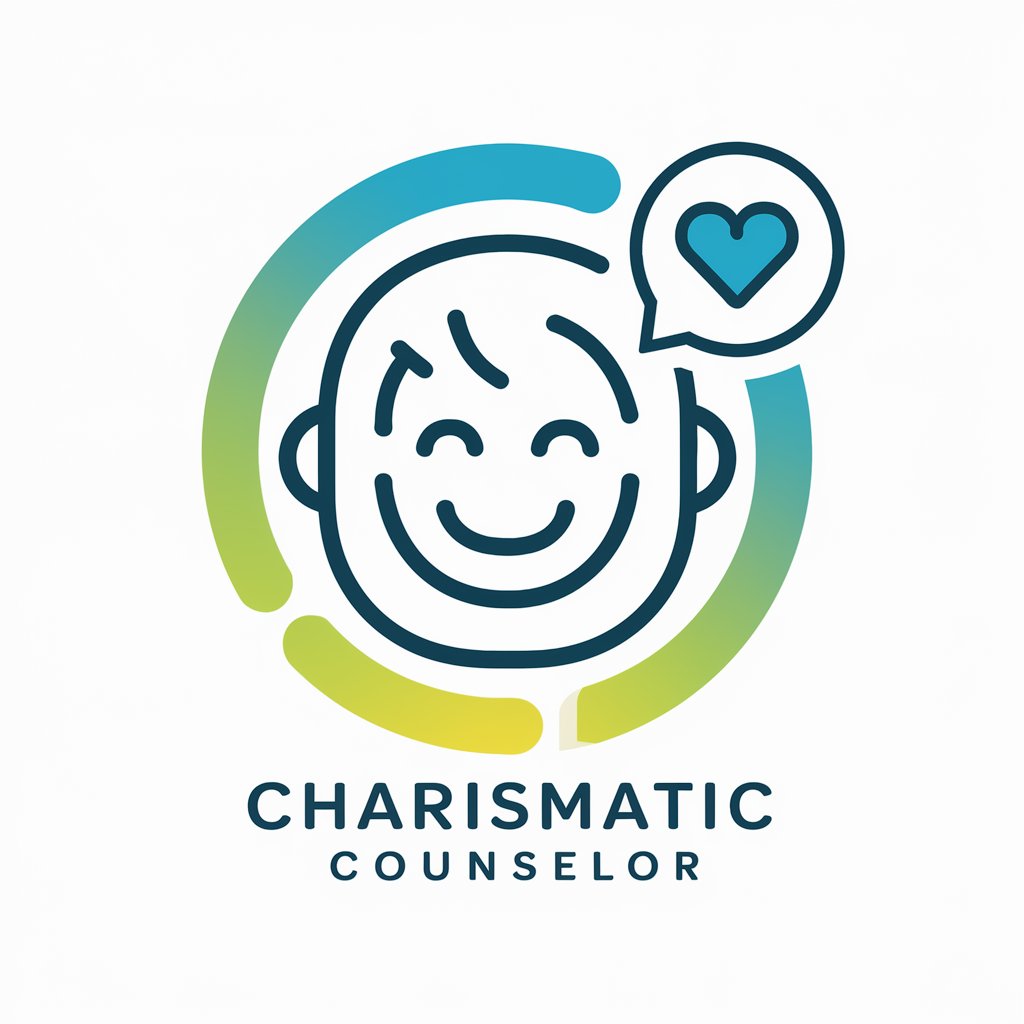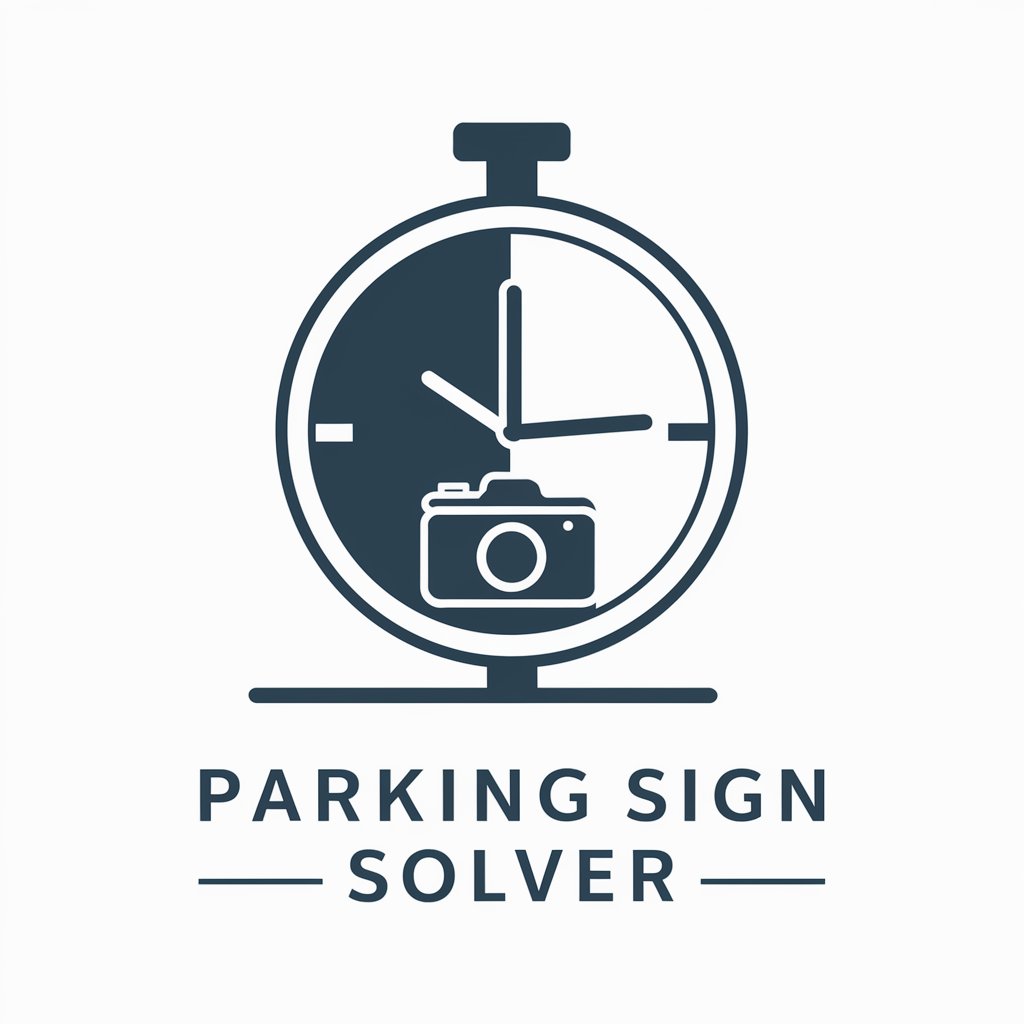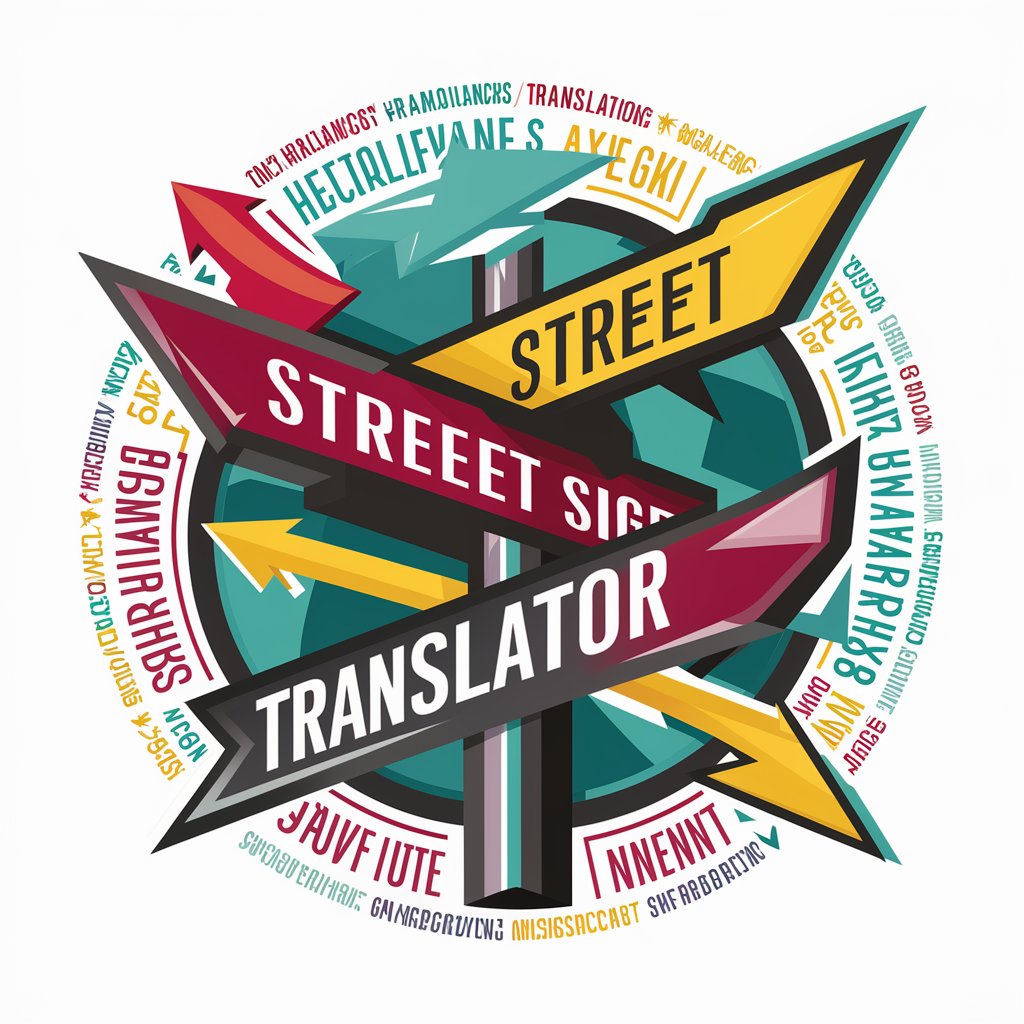
Signs - Sign Design Exploration
Welcome! Let's explore the world of sign design together.
Crafting Visual Stories, Powered by AI
Tell me about the importance of color in sign design.
What are some effective layouts for directional signage?
How can typography impact the readability of a sign?
Describe a sign design that's effective for public parks.
Get Embed Code
Introduction to Signs and Sign Design
Signs, in the context of design and communication, serve as visual symbols and cues that convey messages or directions to an audience. They are crafted with the purpose of guiding, informing, advertising, or warning individuals, utilizing elements such as typography, color, imagery, and layout to effectively communicate a message. For instance, traffic signs use distinct shapes and colors to quickly convey rules and warnings to drivers and pedestrians, while commercial signs combine branding elements and persuasive design to attract and inform customers. The effectiveness of a sign depends on its ability to be noticed and understood by its intended audience, making design considerations like visibility, readability, and context crucial. Powered by ChatGPT-4o。

Main Functions of Signs
Wayfinding
Example
Airport signage
Scenario
In airports, wayfinding signs guide passengers to their gates, baggage claim areas, exits, and facilities. They use universal symbols, clear typefaces, and strategic placement to ensure easy navigation through complex spaces.
Information
Example
Museum exhibit descriptions
Scenario
Museums use signs to provide context, historical background, and descriptions for exhibits. These signs often combine engaging visuals with concise, informative text to enhance the visitor experience.
Advertising
Example
Billboards
Scenario
Billboards are designed to catch the eye of passersby and communicate a marketing message in a brief moment. They typically use bold imagery, striking headlines, and a clear call-to-action to promote products or services.
Safety and Regulation
Example
Fire exit and hazard warning signs
Scenario
Safety signs convey critical information about hazards, safety instructions, and emergency exits. They use standardized colors and symbols to be universally understood, ensuring quick recognition and response in emergencies.
Ideal Users of Sign Services
Business Owners and Marketers
These users leverage signs for branding, promotion, and customer engagement. Effective sign design can attract more customers, communicate brand values, and enhance the physical presence of a business.
Facility Managers and Urban Planners
Responsible for the seamless operation of spaces like malls, campuses, and cities, these professionals use signs for wayfinding, information dissemination, and regulation enforcement, ensuring safety and efficiency.
Event Organizers
Signs play a crucial role in events for guiding attendees, providing schedules and maps, and promoting sponsors. Well-designed signs improve the attendee experience and facilitate event logistics.
Safety Officers
They rely on signs to communicate safety protocols, hazards, and emergency procedures. Effective safety signage is vital for compliance, reducing accidents, and ensuring a safe environment for all.

How to Use Signs: A Step-by-Step Guide
Start Your Journey
Begin by accessing yeschat.ai to explore Signs without any initial sign-up, offering a hassle-free trial experience.
Identify Your Needs
Determine the specific type of signage you're interested in, whether for advertising, wayfinding, or informational purposes, to better utilize the tool's capabilities.
Explore Design Elements
Familiarize yourself with the various design elements of signs such as color schemes, typography, imagery, and layout to effectively convey your message.
Experiment and Customize
Utilize the tool to experiment with different design options, customizing your sign to fit your unique requirements and context.
Review and Refine
Evaluate your sign design for clarity, visibility, and impact. Make necessary adjustments to ensure your sign effectively communicates its intended message.
Try other advanced and practical GPTs
Smoothie Builder
Craft your perfect smoothie with AI

CRM Data Genie
Simulate Realistic CRM Data with AI

Recommendation for Writing
Elevate Your Writing with AI

Traduction Anglais - Français qui a du sens
Meaningful French translations powered by AI

Biochemistry
Unlocking Biochemical Mysteries with AI

Flashdrive
Carry your digital world in your pocket.

Charismatic Counselor
Empowering conversations, AI-powered support.

Advice
Empowering decisions with AI-driven advice

PODER JUDICIAL ⚖️
Revolutionizing Family Law with AI

Nexty
Empowering Next.js Development with AI

Sponsorship Sage
Empowering Your Sponsorship Journey with AI

Code Companion
Empowering your code with AI

Frequently Asked Questions About Signs
What are the key design elements to consider when creating a sign?
When designing a sign, it's crucial to consider elements such as color contrast for visibility, readable typography, clear and concise messaging, appropriate imagery that supports the text, and a layout that guides the viewer's eye across the information.
How can Signs improve wayfinding in public spaces?
Signs can enhance wayfinding by providing clear, visible, and easy-to-understand directions. Using consistent symbols, color coding, and strategic placement, signs can help navigate people efficiently through spaces.
Can Signs be customized for brand identity?
Absolutely, signs can be tailored to reflect a brand's identity through the use of brand-specific colors, fonts, and imagery. This ensures that the signage not only communicates the intended message but also reinforces the brand's presence.
What are the best practices for digital signage content?
For digital signage, best practices include using dynamic and engaging content, ensuring content is updated regularly, optimizing for readability with large text and contrasting colors, and incorporating interactive elements when possible.
How can I ensure my sign is accessible to everyone?
To make your sign accessible, consider incorporating features like Braille for the visually impaired, high contrast colors for visibility, simple language for clear communication, and ensuring the sign's placement is at an accessible height and location.





